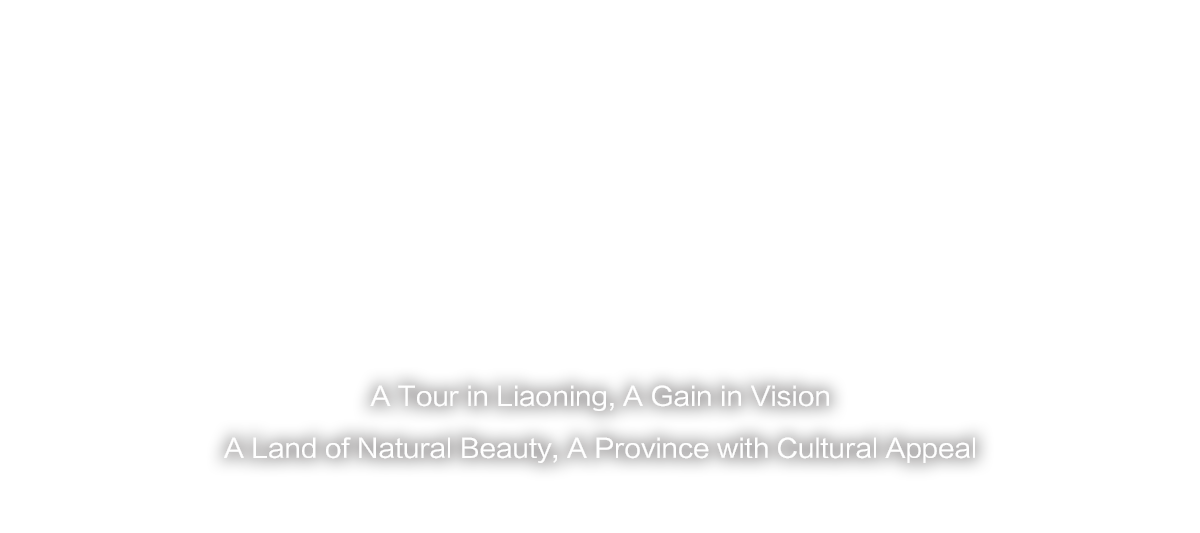On November 2, 1983, the Clay facial sculpture of the Hongshan goddess was excavated at Niuheliang Archaeological Site of Hongshan Culture on the border between Jianping County of Chaoyang City and Lingyuan City, Liaoning Province.
When this “beautiful face” was unveiled to the public, millions of descendants of the Chinese nation saw the clay image of their ancestor from 5,000 years ago for the first time.
The height of the goddess’s head is quite similar to that of a real human being. Its style is true to life. According to its facial features, the goddess belongs to the Mongolian race. It is hailed by archaeologists as “the only piece extant in China”.
The goddess was created in the image of real human being 5,500 years ago by Hongshan inhabitants, not a “goddess” created in posterity’s imagination.
In light of the timeless implications of the sculpture of the Hongshan goddess, Mr Su Bingqi, a famous Chinese archaeologist, concludes that “she is the ‘female ancestor’ of Hongshan inhabitants, therefore also the ‘common ancestor of the Chinese nation’.”
As ancient folk mythology goes in China, the counterpart of the “common ancestor” in the opinion of archaeologists is Nyuwa who is allegedly to have created human beings out of dust and patched sky with stones.
The temple of the goddess is a place of worshiping idols for Hongshan ancestors. It was used exclusively to offer religious sacrifices.
The goddess-worshipping ancestors in West Liaoning date the Chinese civilization back to 1,000 years earlier, which shines bright with the dawn of the 5,000-year-long Chinese civilization.
The typical “dragon-scale patterns” on Hongshan pottery artifacts and the “rose petal patterns” on Yangshao pottery artifacts of China’s Central Plain constitute jointly the “dragon” and “flower”, symbols for the origin of China.
The Hongshan Culture is an important origin of the ancient jade culture in Northeast Asia. Its scope of influence expands westwards and southwards to Henan Province, Shaanxi Province, Anhui Province, and the Jiangsu-Zhejiang areas.
The Niuheliang Archaeological Site is an independent place to offer sacrifices, far away from the residential area. It contains the triad of the altar, temple, and grave in one, which is carried forward to the triad of the Temple of Heaven, the Imperial Ancestral Temple, and the Ming Tombs of the Ming and Qing dynasties in Beijing.
The sculpture of the goddess reminds the world that the Hongshan culture originating in West Liaoning entered the stage of ancient states 5,000 years ago, declaring the birth of early city-state primitive countries.
In the development of ancient cultures, ancient cities, and ancient states, the southern and northern regions of Yanshan Mountain featuring Niuheliang are one step ahead of China’s Central Plain area.

